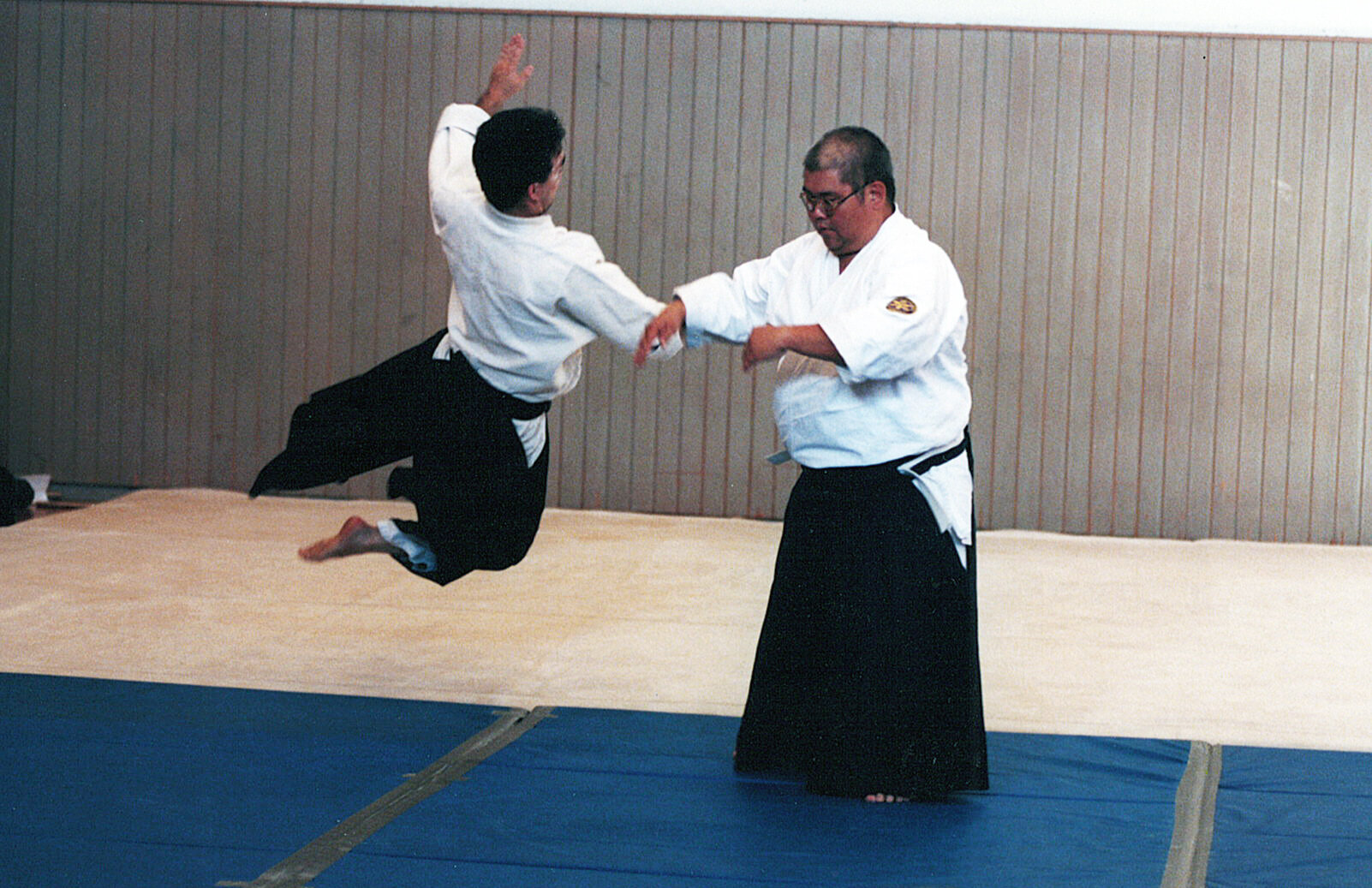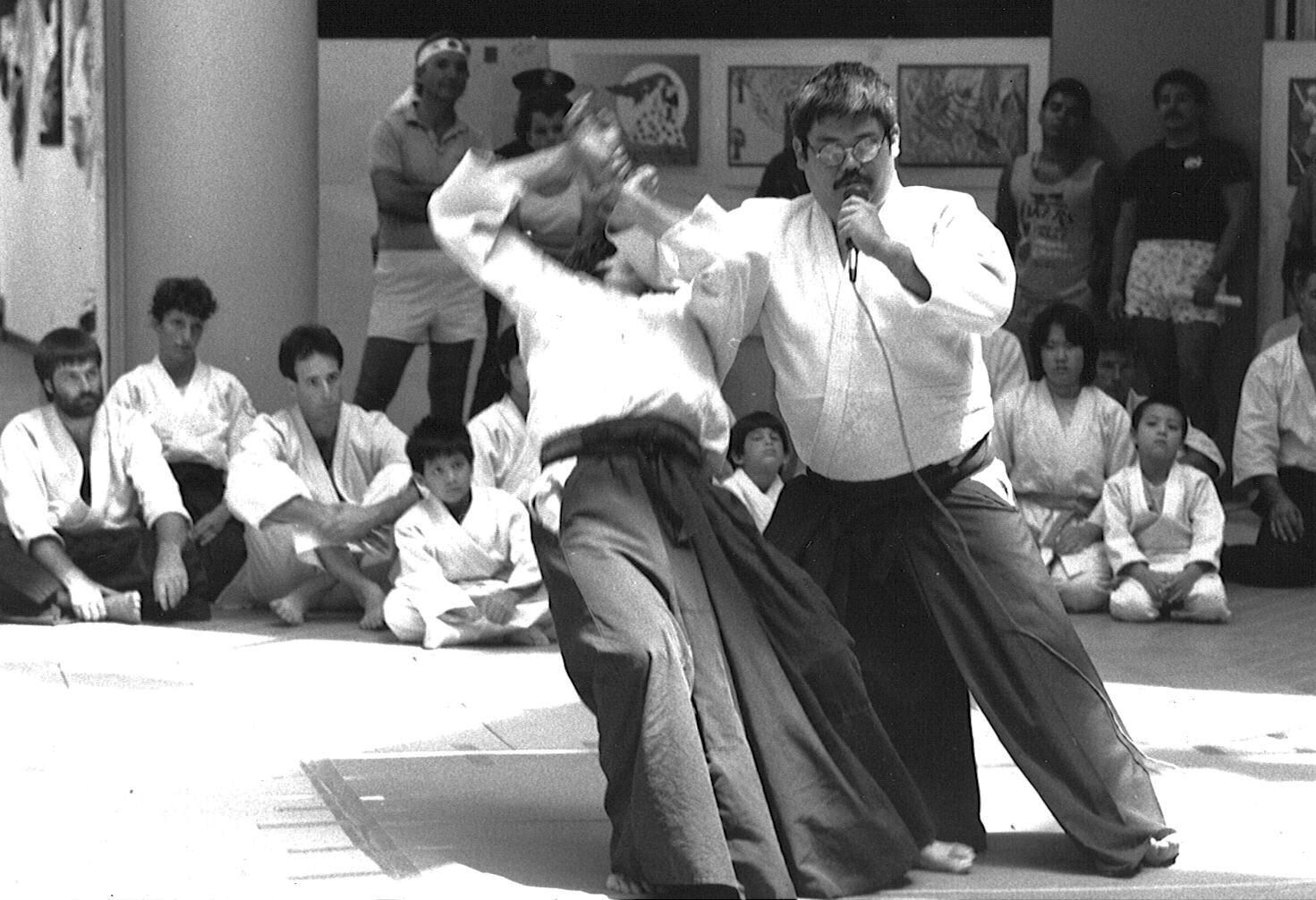死から目覚め生き返る
Shi kara mezame ikikaeru
Wake from death and return to life
Martial arts training is supposed to be about change. Simply speaking, we are supposed to enter the dojo as one person and exit as someone completely different. A dojo is a place that is supposed to be a respite from the outside world - a place where we can go and let the outside world and all of its distractions fall away. Furuya Sensei used to say, “Cut off your head and leave it at the door.” We “cut off our heads” to leave the BS and all of the other worldly distractions outside. Our day to day lives can be very fast paced and overwhelming and in the dojo, we learn how to slow our minds down. In training, we learn how to distinguish the difference between what is important versus what is urgent. For instance, when someone strikes at us, the strike is urgent but what is more important is how we deal with that act mentally, emotionally, physically, and spiritually. If we allow our minds to be overly distracted by the strike, then we will act inappropriately and most likely get hit. If we stay calm and focused, then we will most likely maneuver appropriately and not get hit. In the dojo, we are cut down over and over as means of rejuvenation or purification. Death in this sense is the death of our egos and with that death comes a sense of calmness. Samurai Kaibara Ekken said, “A noble man controls frivolity with gravity, awaits action in a state of calm. It is important for the spirit to be whole, the mood steady, and the mind unmoving.” This may seem overly simplistic idealistically, but it is super complicated in a practical sense, but that is why we train and that is why a dojo is such a special place. In class, there are numerous things that we can bring into the dojo which can distract us from the moment and when we add in attacks, it is easy to lose sight of the moment, our presence and our calmness. Come to the dojo, destroy your self and return back to life as a better person.
Today’s goal: Commit to change. How can you create the space for change today?






















